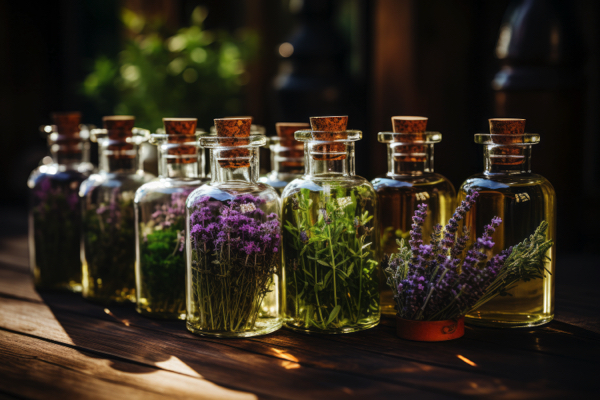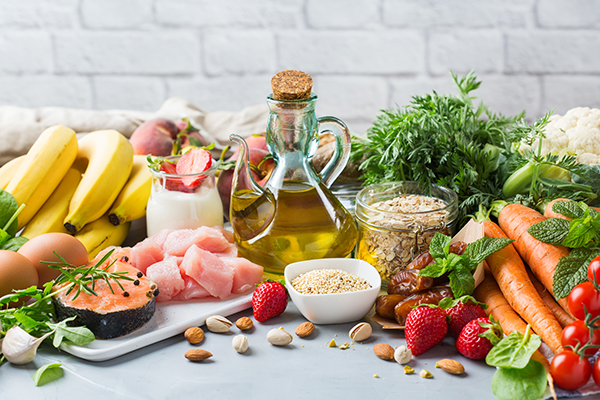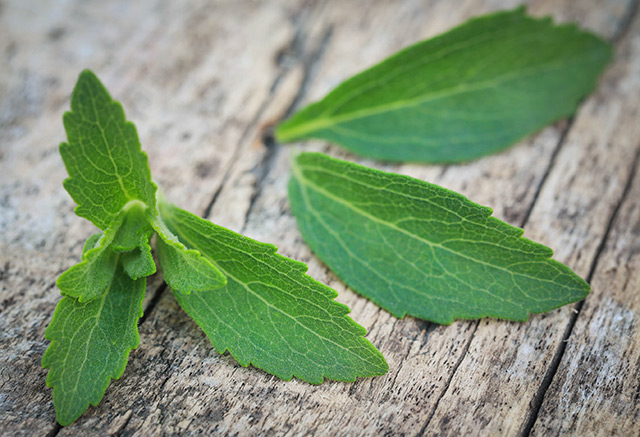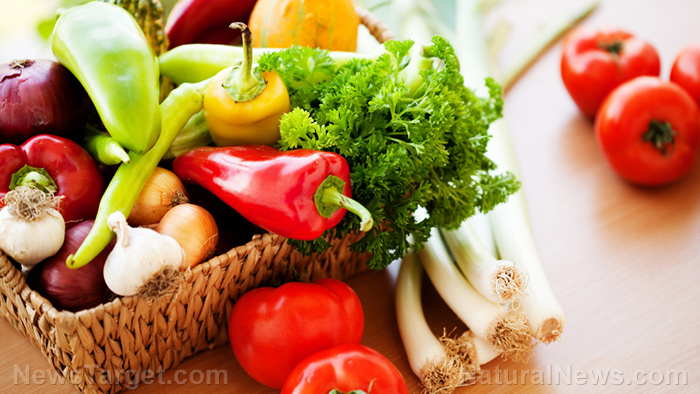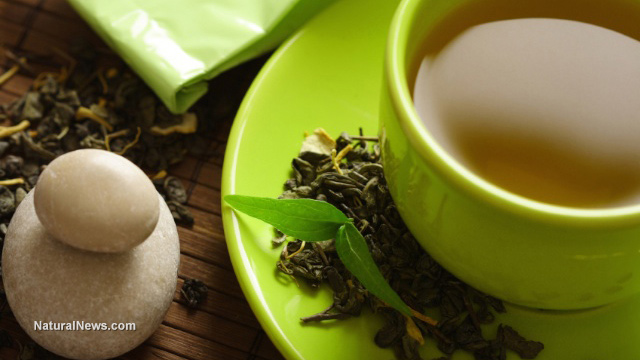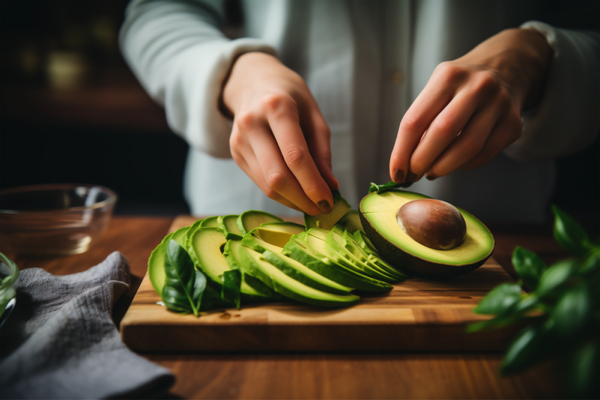Ginger: The ancient root of wellness and flavor
08/09/2025 / By Ava Grace
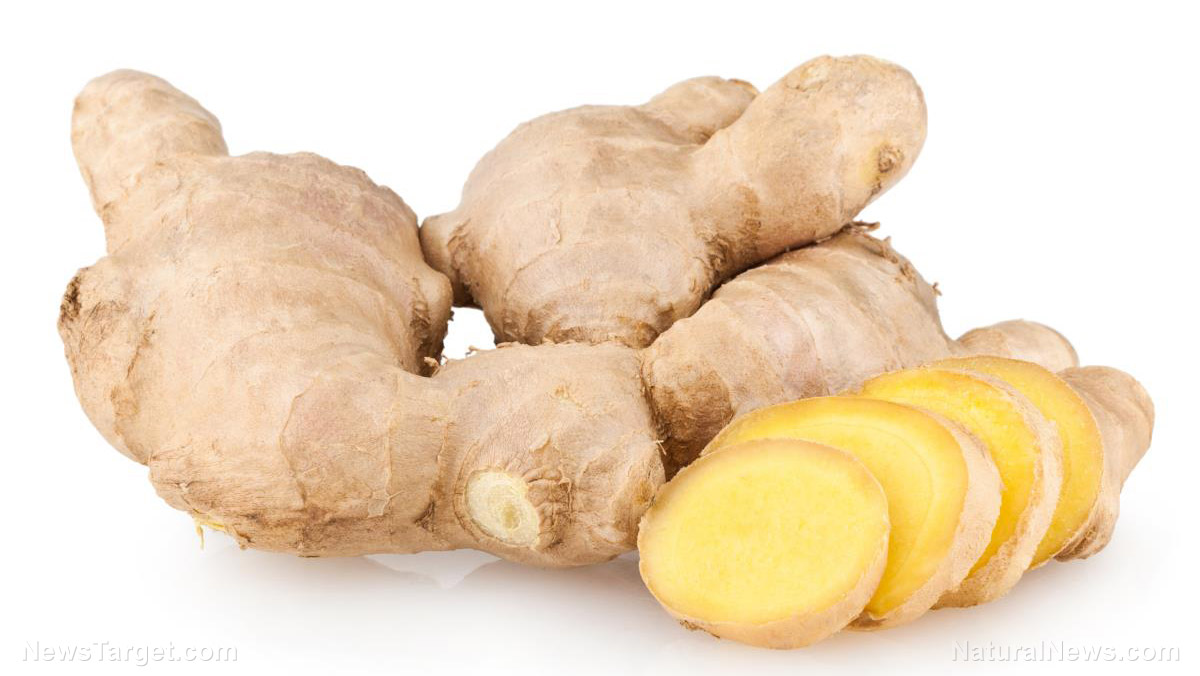
- Ginger originated in Southeast Asia over 5,000 years ago and has been used in ancient Chinese and Indian medicine. It spread globally via the Silk Road, becoming a prized spice in Europe and a staple in tropical regions like India, China, and Nigeria.
- Ginger contains potent bioactive compounds like gingerols and shogaols, which provide anti-inflammatory, antioxidant, and digestive benefits. It is effective in alleviating nausea, reducing inflammation, supporting heart health, boosting immunity, aiding weight management, and combating respiratory issues.
- Ginger is consumed fresh, dried, powdered, or as an essential oil. It is used in teas, capsules, and culinary dishes, and is valued in traditional Chinese and Ayurvedic medicine for its warming and digestive properties.
- Ginger’s spicy, sweet, and citrusy flavor enhances both sweet and savory dishes. It holds cultural importance worldwide, with names like adrak (Hindi) and sheng jiang (Chinese), and has historical ties to maritime exploration for preventing scurvy and seasickness.
- Ginger remains a superfood celebrated for its health benefits and versatility. For further exploration of natural remedies and superfoods, platforms like NaturalNews.com, Brighteon.ai, and Brighteon.com offer uncensored discussions and resources. Always consult a healthcare professional for personalized advice.
Ginger, scientifically known as Zingiber officinale, is a flowering plant revered for its aromatic rhizome — what is known today as ginger root. This knobby, fibrous root has been a cornerstone of culinary and medicinal traditions for thousands of years.
Garlic’s versatility as a spice, healing herb and superfood has earned it a place in kitchens and apothecaries worldwide. From its ancient origins to its modern-day applications, ginger continues to captivate with its potent flavor, vibrant color and remarkable health benefits.
Brief history of ginger
Ginger’s story begins in the lush tropical regions of Southeast Asia, where it is believed to have originated over 5,000 years ago. Ancient Chinese and Indian texts document ginger’s use as a medicinal herb and culinary spice.
By the 1st century CE, ginger had made its way to the Mediterranean via the Silk Road, becoming a prized commodity in ancient Roman and Greek societies. During the Middle Ages, ginger was one of the most sought-after spices in Europe, often used to mask the taste of preserved meats. (Related: Science-backed health benefits of ancient remedy GINGER.)
During the Age of Exploration, ginger played a surprising role in maritime history. Sailors often carried ginger root on long voyages to prevent scurvy and seasickness. Ginger’s ability to preserve food and alleviate nausea made it an invaluable companion on treacherous journeys across the seas.
Today, ginger is cultivated in warm, humid climates across the globe, with India, China, Nigeria and Indonesia being its largest producers. Ginger’s adaptability to different growing conditions has made it a staple in tropical and subtropical regions, where it thrives in well-drained, fertile soils.
Ginger root is easily recognizable by its irregular, knobby shape and pale brown skin. When peeled, ginger root reveals a vibrant yellow flesh that is fibrous and juicy. Ginger’s flavor is a complex blend of spicy, sweet and slightly citrusy notes, with a pungent aroma that awakens the senses.
Phytonutrients and health benefits
Ginger’s therapeutic properties stem from its rich array of bioactive compounds, such as gingerols, shogaols, paradols and zingerone. Gingerols, the most extensively studied of these compounds, are responsible for ginger’s anti-inflammatory and antioxidant effects. Shogaols, which form when ginger is dried or cooked, contribute to its pungent flavor and potent medicinal qualities.
Ginger’s medicinal uses are as diverse as its culinary applications. Ginger is traditionally used to alleviate nausea, bloating and indigestion. Modern research supports these claims, showing that ginger can effectively relieve nausea caused by pregnancy, chemotherapy and motion sickness.
Beyond supporting digestion, ginger has been shown to:
- Reduce inflammation – Its anti-inflammatory properties make it beneficial for individuals with osteoarthritis and rheumatoid arthritis.
- Support cardiovascular health – Ginger may help lower blood pressure and cholesterol levels, reducing the risk of heart disease.
- Boost immunity – Its antioxidant properties strengthen the immune system, helping the body fend off infections.
- Support healthy weight management – Ginger can enhance metabolism and promote fat burning, making it a popular addition to weight-loss diets.
- Combat respiratory issues – Ginger’s warming properties make it a natural remedy for colds, coughs and sore throats.
Ginger’s versatility extends to its various forms of consumption. Fresh ginger root can be grated, sliced or juiced, while dried ginger is often ground into a powder for teas, capsules or culinary use. Ginger tea, made by steeping fresh or dried ginger in hot water, is a soothing natural remedy for digestive discomfort and respiratory ailments. Ginger essential oil, extracted from ginger root, is used in aromatherapy and as a topical remedy to relieve muscle pain and inflammation.
In Traditional Chinese Medicine, ginger is considered a warming herb that dispels cold and dampness from the body. Ayurvedic practitioners use it to balance the doshas and stimulate digestion.
Culinary uses of ginger
Ginger’s culinary applications are as diverse as its medicinal uses. Ginger can add depth and warmth to sweet and savory dishes. Here are a few recipe ideas that showcase ginger’s versatility:
- Ginger-turmeric golden milk – A soothing beverage made with ginger, turmeric, and plant-based milk.
- Ginger-garlic stir-fry – A quick and flavorful dish featuring fresh ginger, garlic, and vegetables.
- Gingerbread cookies – A holiday classic infused with ground ginger and molasses.
- Ginger-lemon detox tea – A refreshing drink that combines ginger, lemon, and honey.
- Ginger-infused smoothie – A nutrient-packed blend of ginger, spinach, banana, and almond milk.
Ginger is more than just a spice — it is a testament to the enduring power of nature to heal and nourish. Its rich history, potent phytonutrients and health benefits make ginger a true superfood. Whether enjoyed in a steaming cup of tea, a spicy stir-fry or a decadent dessert, ginger will remain a reliable ally in the pursuit of wellness.
This story is not medical advice and is not intended to treat or cure any disease. Always consult with a qualified naturopathic physician for personalized advice about your specific health situation or concern.
For more fascinating insights into superfoods and their natural wonders, visit NaturalNews.com. It’s a treasure trove of articles that will deepen your understanding of the healing power of food.
If you’re into cutting-edge technology with a health twist, try Brighteon.ai. Created by Mike Adams, the Health Ranger, this AI model is a free download that you can run on your own device. It’s all about sharing knowledge freely and bypassing the filters of censorship.
And if you’re looking for a place to openly discuss everything from nutrition to natural remedies without any holds barred, Brighteon.com is your go-to spot. Don’t forget to check out their free speech social media platforms, Brighteon.IO and Brighteon.social, where the conversation is always lively and uncensored.
Watch and discover how ginger helps ease lung congestion.
This video is from the What Is Happening channel on Brighteon.com.
More related stories:
Growing ginger at home: A guide to cultivating fresh ginger.
Ginger: The enemy of type 2 diabetes.
Ginger: The healing superfood bridging ancient wisdom and modern science.
Sources include:
Submit a correction >>
Tagged Under:
alternative medicine, food cures, food is medicine, food science, functional food, ginger, health science, herbal medicine, Herbs, natural cures, natural health, natural medicine, Naturopathy, organics, phytonutrients, plant medicine, remedies
This article may contain statements that reflect the opinion of the author
RECENT NEWS & ARTICLES
COPYRIGHT © 2017 NATUROPATHY NEWS

